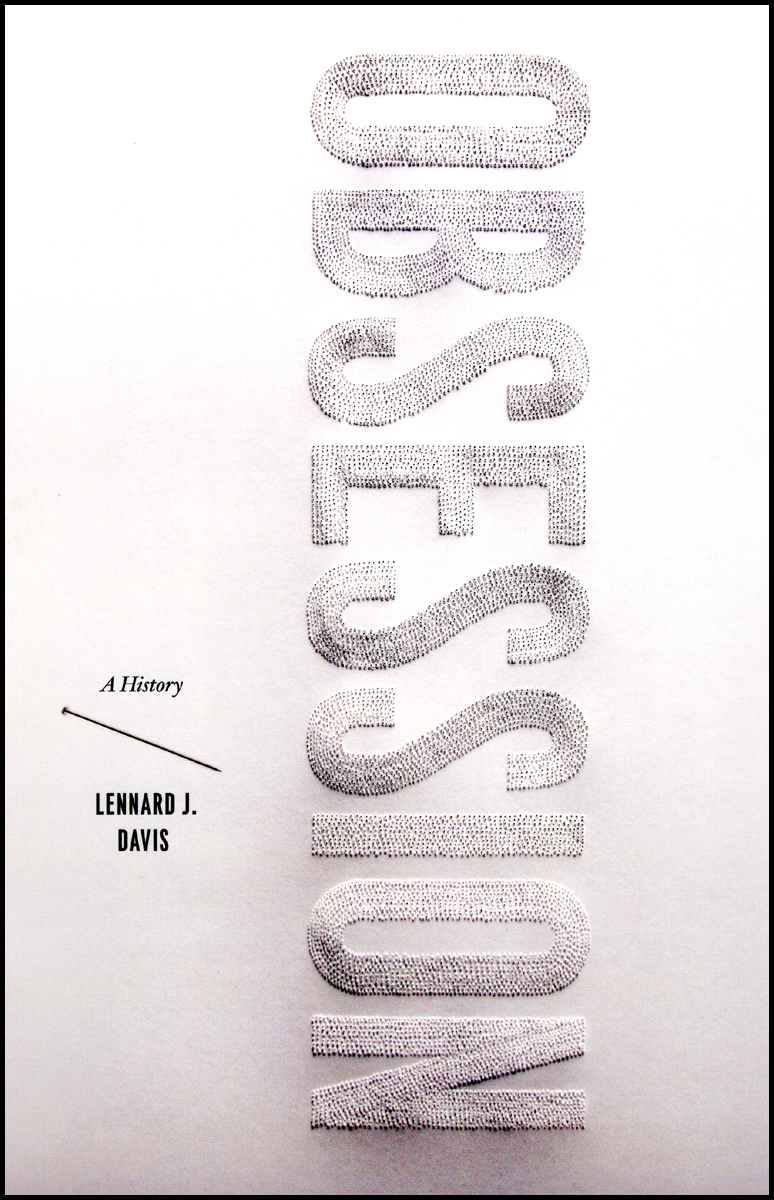Obsession: The TV Show
 Did you catch the premiere Monday night of A&E’s new candid reality show Obsessed? (If you missed it, you can watch full episodes at AETV.) The program follows sufferers of obsessive-compulsive disorder, an anxiety disorder that, according to the title cards at the beginning of the show, affects 3.3 million Americans. In the first episode, Helen, who suffers panic attacks while driving and must check and recheck her alarm clock before bed, and Scott, a germaphobe who sleeps on his couch because making the bed perfectly every morning would prove too insurmountable, get relief from their debilitating rituals through intensive behavioral therapy. At the end of the episode, viewers learn than Helen can now drive on the freeway and Scott has welcomed a new housemate—a dog.
Did you catch the premiere Monday night of A&E’s new candid reality show Obsessed? (If you missed it, you can watch full episodes at AETV.) The program follows sufferers of obsessive-compulsive disorder, an anxiety disorder that, according to the title cards at the beginning of the show, affects 3.3 million Americans. In the first episode, Helen, who suffers panic attacks while driving and must check and recheck her alarm clock before bed, and Scott, a germaphobe who sleeps on his couch because making the bed perfectly every morning would prove too insurmountable, get relief from their debilitating rituals through intensive behavioral therapy. At the end of the episode, viewers learn than Helen can now drive on the freeway and Scott has welcomed a new housemate—a dog.
With this television show’s debut, OCD had entered the living rooms of all cable subscribers. And chances are, many viewers will recognize a bit of themselves in the participants portrayed on their screens. But OCD wasn’t always so prevalent. The psychological disorder was considered very rare—afflicting perhaps one in twenty thousand—only thirty years ago. So how did we go from that to a world where OCD gets its own reality show so quickly?
Lennard J. Davis answers that question—and poses many others—in Obsession: A History. Beginning with its roots in demonic possession and its secular successors, Davis gracefully tracks the evolution of obsessive behavior from a social and religious fact of life into a medical and psychiatric problem. In compiling the biography of this disease, Davis examines the often contradictory faces of the condition: obsession is not only a phenomenon of modern existence but also a medical category—both a pathology and a goal.
For more from Davis on obsession, read an interview with the author, listen to a podcast, or watch a video of the author delivering a lecture on the subject at New York University.